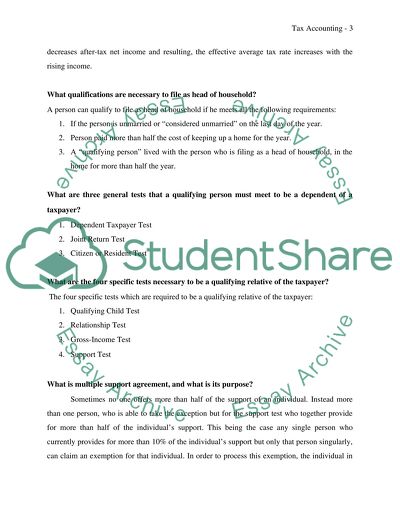Cite this document
(“Tax accounting Essay Example | Topics and Well Written Essays - 1250 words”, n.d.)
Tax accounting Essay Example | Topics and Well Written Essays - 1250 words. Retrieved from https://studentshare.org/miscellaneous/1552574-tax-accounting
Tax accounting Essay Example | Topics and Well Written Essays - 1250 words. Retrieved from https://studentshare.org/miscellaneous/1552574-tax-accounting
(Tax Accounting Essay Example | Topics and Well Written Essays - 1250 Words)
Tax Accounting Essay Example | Topics and Well Written Essays - 1250 Words. https://studentshare.org/miscellaneous/1552574-tax-accounting.
Tax Accounting Essay Example | Topics and Well Written Essays - 1250 Words. https://studentshare.org/miscellaneous/1552574-tax-accounting.
“Tax Accounting Essay Example | Topics and Well Written Essays - 1250 Words”, n.d. https://studentshare.org/miscellaneous/1552574-tax-accounting.


